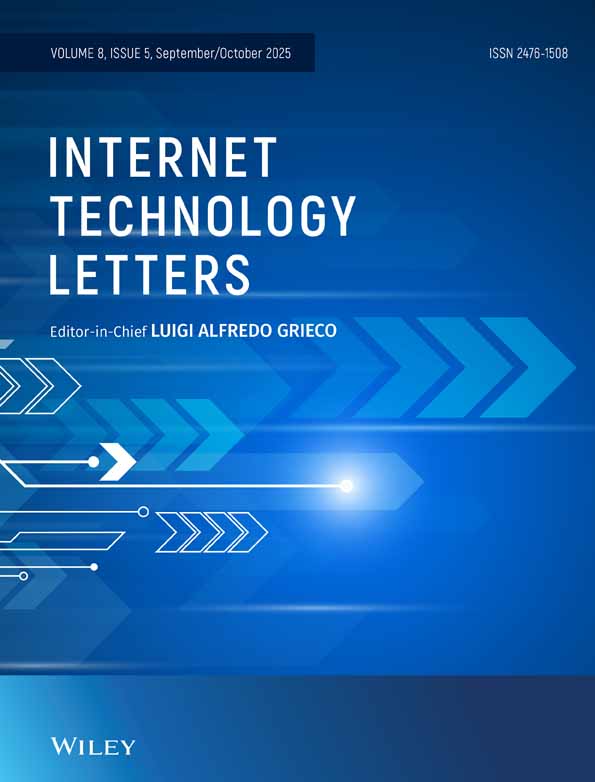Artificial Intelligence of Things Induced Predictive Maintenance of Computer Numerical Control Machine
ABSTRACT
Automatically predictive maintenance (PdM) is critical for minimizing unplanned downtime and reducing operational costs in modern computer numerical control machines. However, traditional cloud-based PdM suffers from high latency, privacy concerns, and heavy infrastructure demands; meanwhile, traditional edge intelligence-based approaches are restricted by the power of edge devices. In order to tackle these issues, this paper proposes a transferable TinyML-based Artificial Intelligence of Things (AIoT) for PdM. First, self-powered piezoelectric sensors in the AIoT are installed for monitoring device vibration. Second, FFT-based feature extraction and quantized TinyML models are deployed on the edge device for real-time, low-power inference on microcontrollers. Third, few-shot transfer learning is incorporated. Experiments on four fault classes—Normal, Misalignment, Bearing Fault, and Idle—demonstrate that our method achieves 94.8% accuracy, 95.1% precision, 94.6% recall, and 94.7% F1-score, outperforming six baselines (LSTM, RF, SVM, KNN, LR, and DT). Ablation studies confirm the critical roles of transfer learning, quantization, self-powered sensing, and FFT features. The proposed framework delivers sub-200 ms inference latency at < 1 mW, making it ideal for always-on AIoT PdM in CNC production.
Conflicts of Interest
The authors declare no conflicts of interest.
Open Research
Data Availability Statement
The data that support the findings of this study are available from the corresponding author upon reasonable request.




